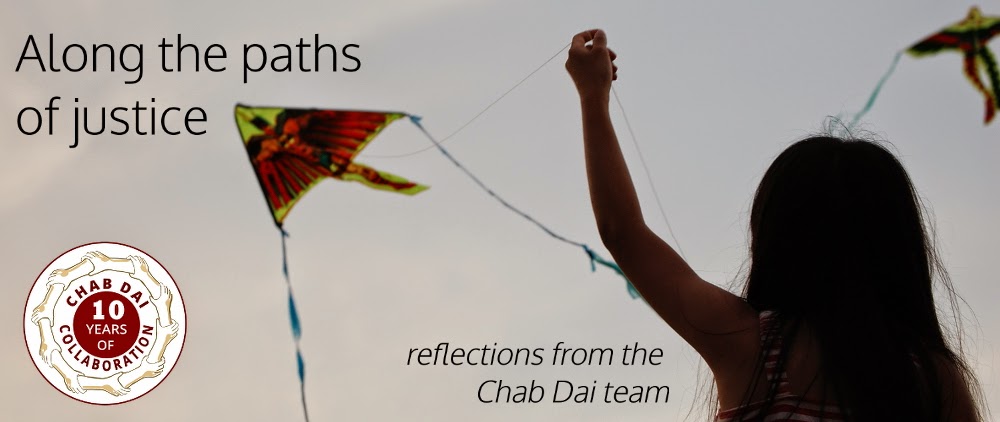In the past few weeks, Chab Dai has hosted quite a few artistic, highly skilled, and extremely insightful volunteers and collaborators. We are eager to see how partnerships and projects will grow in the future. One specific partner we are most excited to work with is Dr. Monti Datta, PhD. Assistant Professor in the department of Political Science at the University of Richmond.
After studying human rights for his undergrad, Monti went abroad to see the world. While teaching in Korea and Japan, he noticed two things: first, a strong anti-American sentiment and second, a strong presence of the sex trade. He became more passionate about this issue of human trafficking after realizing just how lucrative of a business it had been for groups like the Japanese mafia.
Last October, when Dr. Kevin Bales visited the University of Richmond to speak about bonded labor, Dr. Datta heard of the need for someone in the university setting to collect factual statistics from practitioners on the field. To those not in the field of human trafficking this may seem an easy task, however there has been a historical tug of war between academics and practitioners. Academics have long debated whether statistics used by nonprofits and other practitioners have come from factual or rather emotional foundations. And yet here was this well versed academic, Dr. Bales, talking about how important it is to have solid facts and getting them straight from the source. While attending the Human Trafficking Conference at the University of Nebraska-Lincoln last October, Dr. Datta saw the tension between the academics and the practitioners once again. Only this time he decided to become a catalyst for change, and sought out Helen Sworn, founder and director of Chab Dai. Mrs. Sworn was immediately drawn to the idea of doing a practitioner-academic partnership. She knew this could be a chance to build bridges rather then break them down.
The rest is history. Dr. Datta has just finished up working at Chab Dai's Cambodia office interpreting and helping analyze qualitative and empirical work from our Butterfly Project. I'm certain the findings he has gathered over the course of his time in Cambodia will also encourage his next round of students to find their own data, directly from the source and to give credit to both practitioners and academics for the hard work that they do.
To learn more about Dr. Monti Datta, check out his personal website.














